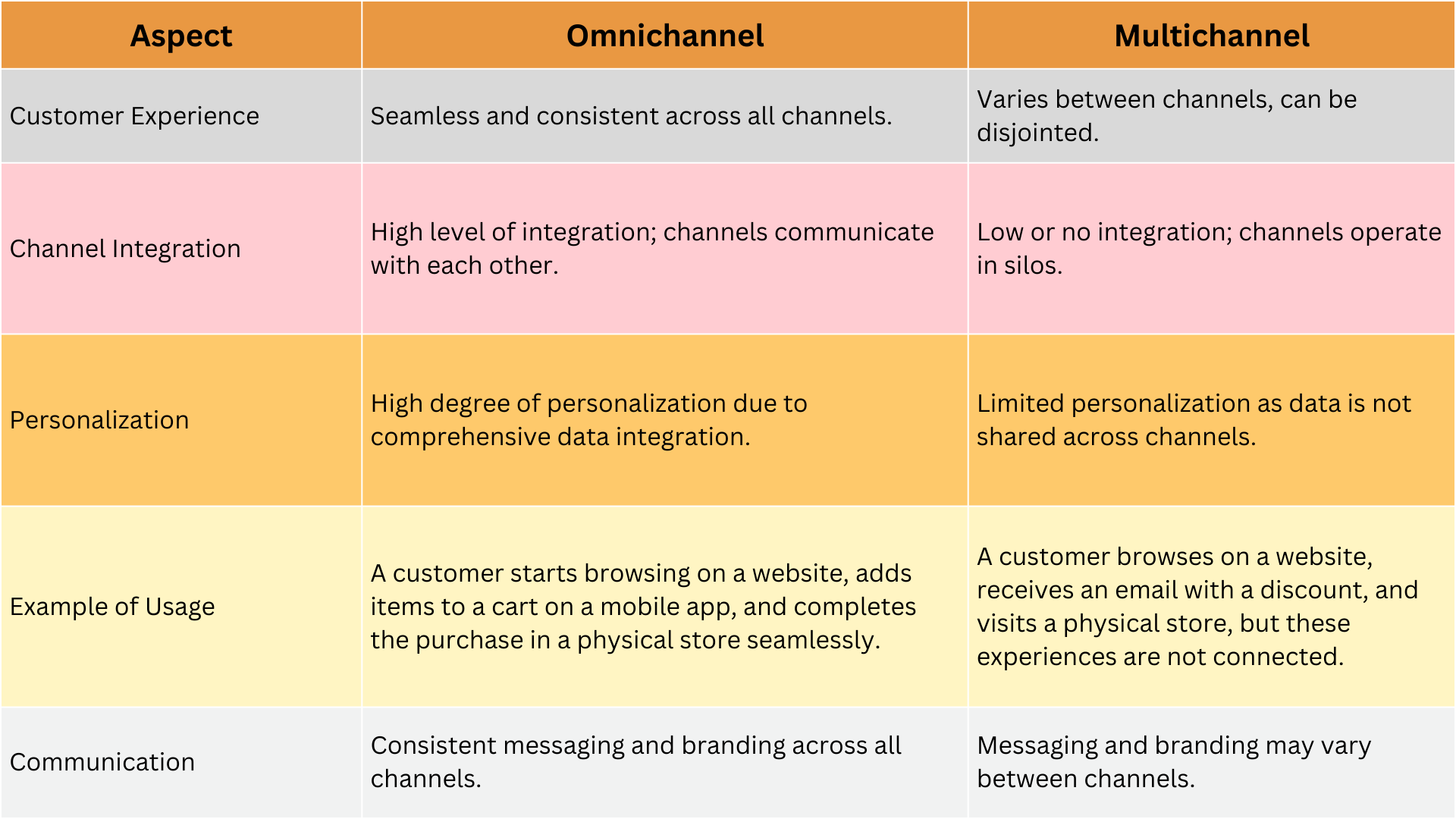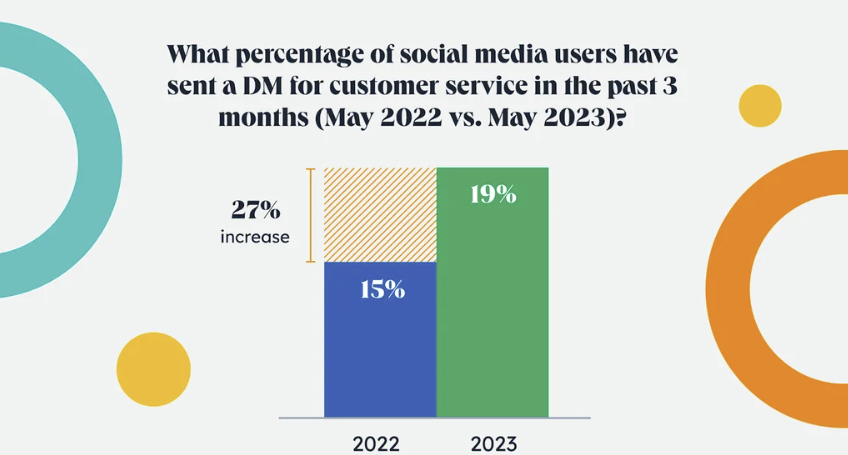

Many businesses struggle to connect these channels effectively, leading to frustrated customers and lost sales. This disjointed approach can leave you feeling overwhelmed and unsure of how to improve your customer interactions.


Providing a seamless customer experience across multiple channels is more crucial than ever. Yet, many businesses struggle to connect these channels effectively, leading to frustrated customers and lost sales. This disjointed approach can leave you feeling overwhelmed and unsure of how to improve your customer interactions.
But what if you could integrate all your communication channels to create a unified and cohesive customer experience? That’s where omnichannel comes in. By adopting an omnichannel strategy, you can transform your customer journey, ensuring that every interaction is smooth and consistent, no matter how or where it occurs.
Let’s dive in and explore this transformative approach together.
Omnichannel is a business strategy that provides a seamless and consistent customer experience across multiple channels.
Whether it’s online, in-store, or through mobile apps, customers can interact with a brand effortlessly.
While both terms involve using multiple channels to reach customers, there’s a crucial distinction between omnichannel and multichannel strategies (See below)


In essence, multichannel is about being present on multiple platforms, while omnichannel is about creating a cohesive customer experience across all those platforms.
Imagine you start browsing products on a website, continue your research on a mobile app, and then visit a physical store to make the purchase. With an omnichannel approach, your journey is smooth and uninterrupted, with each channel complementing the others.
Omnichannel ensures that you have a seamless experience, no matter how you interact with a brand. This consistency builds trust and loyalty.
When you receive a smooth and integrated experience, you’re more likely to return. A study by Harvard Business Review found that customers who used multiple channels spent 10% more than those who used only one.
Customers crave convenience. Offering multiple ways to connect with your business – whether it’s through phone, email, live chat, or social media – shows you value their time and preferences. Similarly, the ability to purchase your product across various platforms, from your website to physical stores, enhances the overall customer experience.


By integrating channels, businesses gather comprehensive data on customer behavior. This data is invaluable for personalizing marketing efforts and improving products and services.
To successfully create an omnichannel experience, focus on the following components:
Understand your needs and preferences. Businesses should create customer personas and map out journeys to identify key touchpoints.
Ensure all communication channels—website, mobile app, social media, physical stores, and customer service—are interconnected. Use technology to integrate these platforms and create a unified experience.
Maintain a consistent brand voice and message across all channels. This helps in reinforcing brand identity and making communication more effective.
Leverage data analytics to gain insights into your behavior. Use this data to refine strategies and provide personalized experiences.
73% of consumers use multiple channels during their customer journey.
Audit Your Current Channels: Evaluate your existing channels and identify gaps in integration and customer experience.
2. Invest in the Right Technology: Use customer relationship management (CRM) systems, marketing automation tools, and data analytics platforms to support your omnichannel strategy.
3. Train Your Team: Ensure your staff is well-versed in the omnichannel approach and understands the importance of providing a consistent customer experience.
4. Monitor and Adjust: Continuously monitor the performance of your channels and make adjustments based on data and feedback.
There’s nothing worse than arriving at a restaurant, hungry and excited, only to find your order hasn’t been started. Chipotle has mastered the art of avoiding this frustrating experience. Their mobile app and online ordering system let you place your order in advance, ensuring it’s ready when you are. It’s convenience redefined. Plus, saving your favorite orders for next time? Genius! Chipotle truly understands the importance of a seamless customer journey.
Embracing an omnichannel strategy is no longer optional—it’s a necessity in the competitive business landscape. By creating a seamless and integrated customer experience, you can boost satisfaction, increase retention, and drive growth. Start today by auditing your channels, investing in the right technology, and always putting your customers at the center of your strategy. Remember, the journey to omnichannel excellence is continuous, but the rewards are immense.
Don’t forget to share this post






Don’t Let Your Competitors Understand Your Customers Better Than You
Don’t miss out. Try our 30-day Free Professional Trial.

